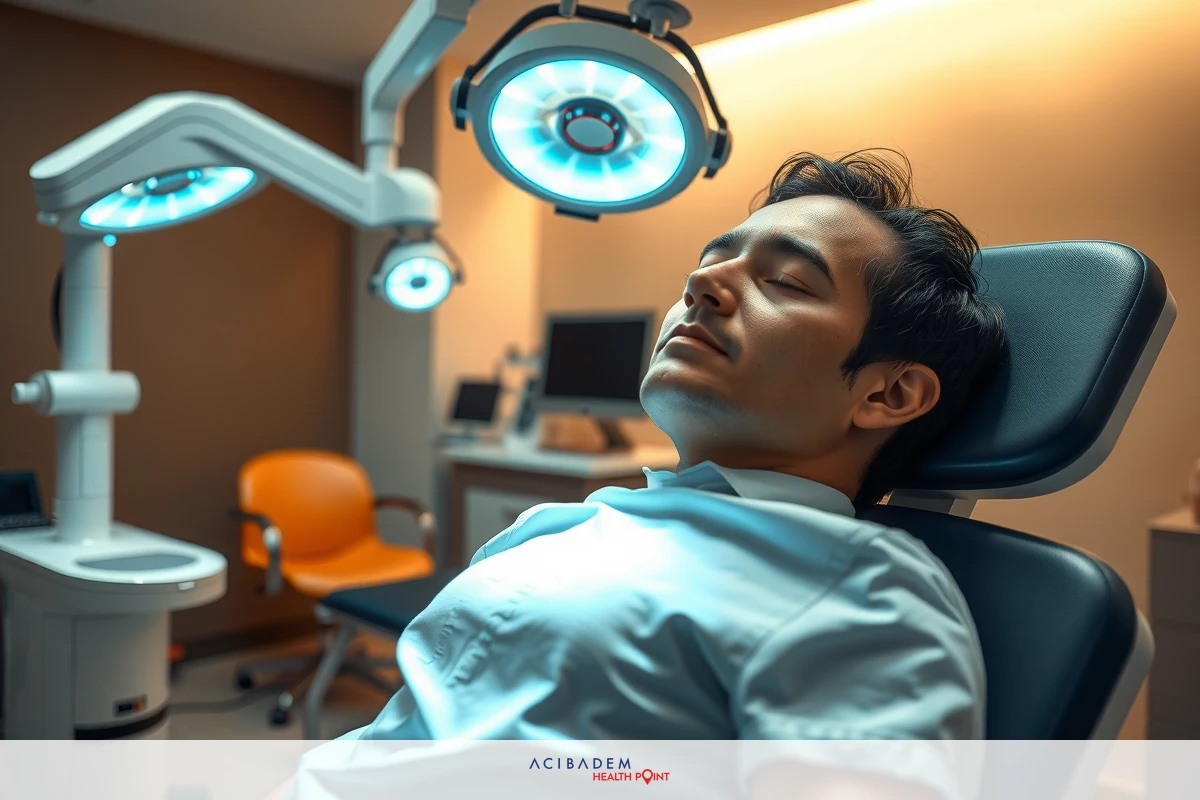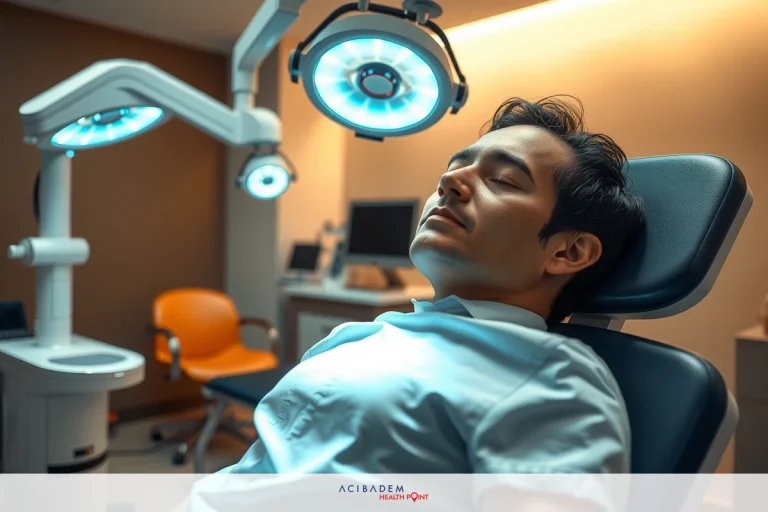Are You Awake When You Get LASIK Eye Surgery?
Are You Awake When You Get LASIK Eye Surgery? LASIK eye surgery, a method for vision correction, is surrounded by numerous questions. One of the frequently asked queries pertains to whether one remains awake during the procedure or not. This concern emerges from an understandable place – the thought of having your eyes open while doctors operate can be unnerving.
Yet, understanding the intricacies of this process helps alleviate such fears. In truth, anesthesia plays a crucial role in ensuring patient comfort throughout LASIK surgery. It’s fascinating how medical advancements allow intricate operations on delicate areas like our eyes while we are conscious yet relaxed.
To fully comprehend what happens during this operation, it becomes imperative to learn about its environment and conditions as well. The surgical setting may vary depending on factors such as clinic infrastructure and equipment used but generally includes elements designed to enhance precision and ensure safety.
What is LASIK Eye Surgery?
LASIK, or Laser-Assisted in Situ Keratomileusis, stands as a popular eye surgery designed to correct common vision problems. It’s an innovative procedure that reshapes the cornea, the clear front part of the eye, thereby allowing light entering the eye to be correctly focused onto the retina for clearer vision. The core aim of this surgery is eliminating dependence on eyeglasses or contact lenses.
The question ‘Are you awake during LASIK?’ often surfaces due to its intriguing nature. Indeed, patients remain conscious throughout this procedure. Anesthesia administered isn’t general but topical – delivered in drops form directly into your eyes. This practice ensures numbness in and around your eyes while keeping you awake during treatment. Consequently, fear associated with being conscious during surgical procedures fades away when discussing LASIK eye surgery.
Though you are awake, stress related to seeing every move of the operation gets eliminated through careful attention to patient comfort measures and anesthesia application techniques used by experienced surgeons. Vision might blur slightly due to numbing eyedrops and other medications given right before and during surgery- ensuring minimal discomfort while maintaining consciousness for necessary cooperation like focusing gaze at specific places as directed by doctors during operation phases.
Anesthesia During LASIK Eye Surgery
An intrinsic part of the LASIK eye surgery procedure is the anesthesia used. It isn’t general but topical, which means patients stay awake during the operation. The application of numbing eye drops directly into the eyes ensures comfort and mitigates any potential discomfort associated with being conscious during a surgical process.
The delicate nature of our eyes may make us sensitive to even minor irritations or disturbances. Therefore, ensuring patient comfort through effective anesthesia management becomes paramount in procedures like LASIK eye surgery. The use of topical anesthetics eliminates pain sensations from your cornea – where surgeons operate while you are fully aware yet relaxed.
In addition to numbness around and within your eyes, other medications often accompany this treatment process. These are given prior to and during surgery as needed based on individual patient needs and responses observed by clinicians throughout the operation’s progress – be it for minimizing anxiety or keeping ocular structures optimally lubricated. This comprehensive approach towards ensuring patient comfort despite them staying awake underlines how well-thought-out every step in a typical LASIK eye surgery procedure is.

The Surgical Environment
The environment in which LASIK eye surgery takes place is meticulously designed to uphold patient safety and ensure the best possible results. As patients are awake during the procedure, special attention is given to creating a calming atmosphere that can ease any potential apprehension. Everything from lighting conditions to room temperature gets carefully controlled.
In addition to being soothing, the surgical space is geared towards precision – an essential aspect of LASIK eye surgery. High-definition monitors display detailed images of your eyes as doctors guide lasers with meticulous accuracy. Such technological advancements not only enhance success rates but also instill confidence in individuals who stay conscious through this process.
Every step within the operation necessitates certain actions on part of patients – like gazing at specific places or blinking less frequently than usual for short durations under clinicians’ guidance. Thus, maintaining a serene ambiance becomes crucial for enabling cooperation without causing discomfort or anxiety while you are awake during LASIK eye surgery – further emphasizing how every facet of this surgical environment serves a definite purpose aimed at ensuring positive experiences and outcomes for patients.
Frequently Asked Questions
What is LASIK eye surgery?
LASIK, or Laser-Assisted in Situ Keratomileusis, is a popular surgical procedure designed to correct vision problems. It reshapes the cornea of your eyes so that light entering can be correctly focused onto the retina for clearer vision.
Am I awake during LASIK eye surgery?
Yes, patients are indeed awake during this operation. Anesthesia used isn't general but topical – it's applied in drop form directly into your eyes, ensuring you remain conscious yet comfortable throughout.
How does anesthesia ensure comfort during LASIK surgery while being awake?
Topical anesthetics numb sensations from your cornea where surgeons perform operations. Alongside this, other medications may be given as needed before and during surgery based on individual patient requirements to minimize discomfort and anxiety.
Can you describe the environment where LASIK eye surgery takes place?
The surgical environment for LASIK is specifically designed for precision while maintaining a calming atmosphere. Everything from lighting conditions to room temperature gets carefully controlled. High-definition monitors displaying detailed images of your eyes assist doctors in guiding lasers accurately.








